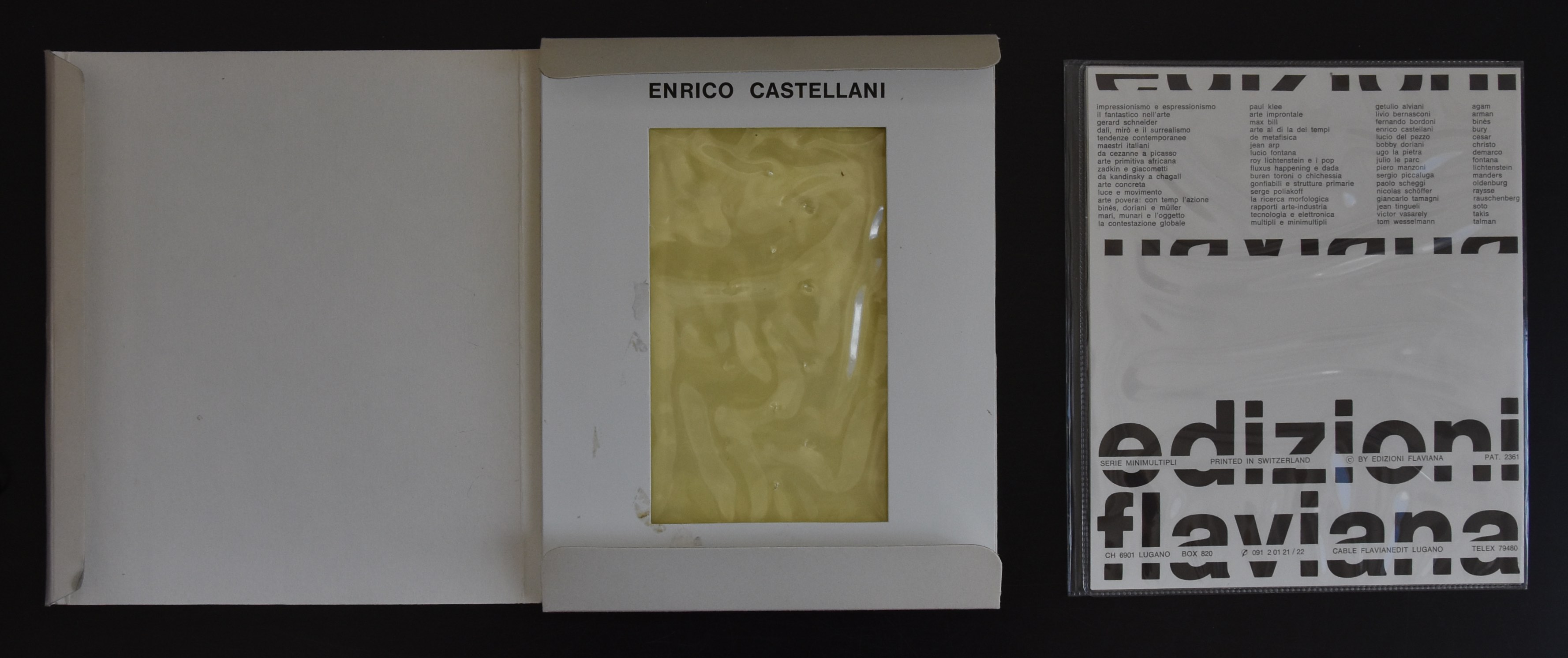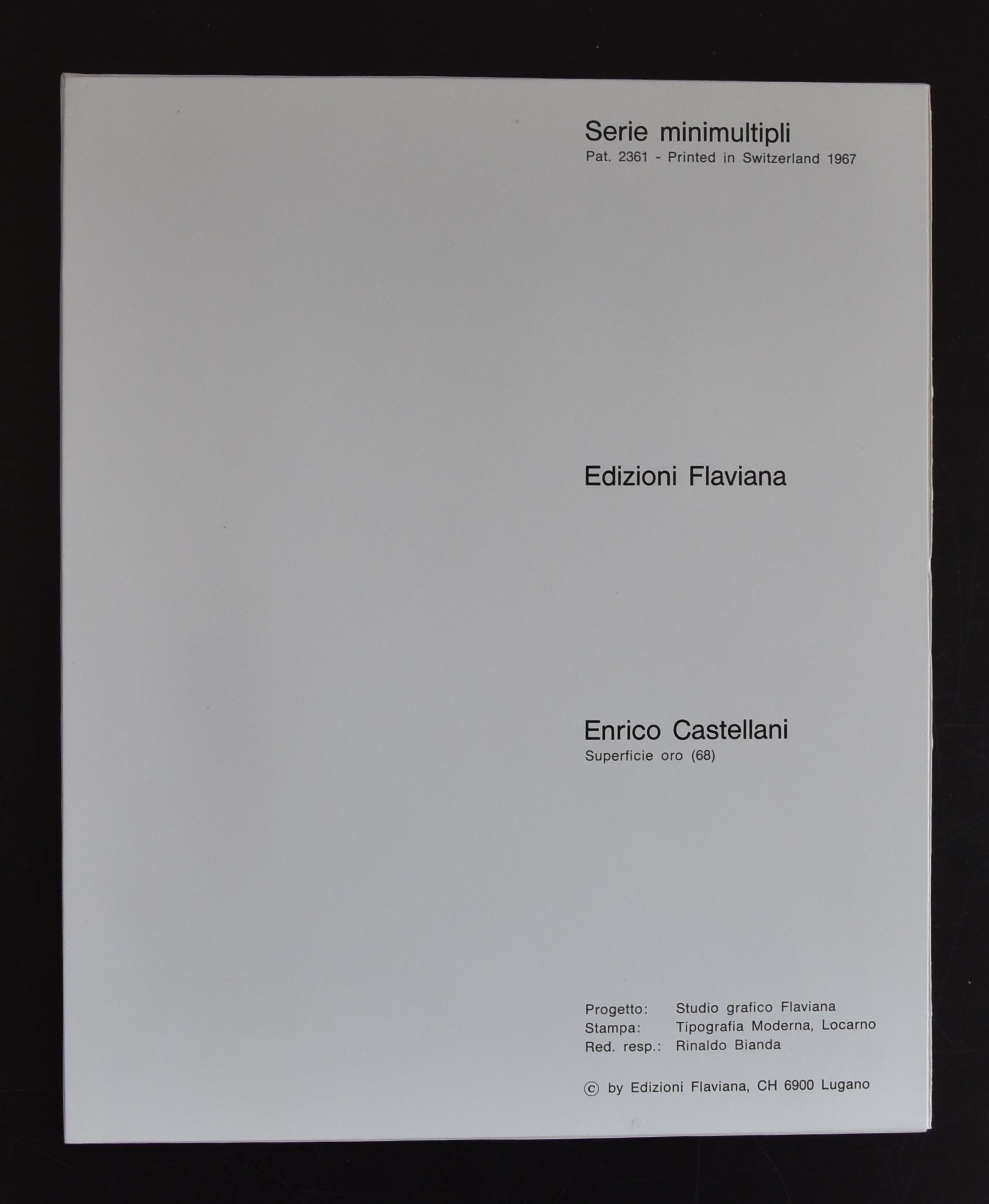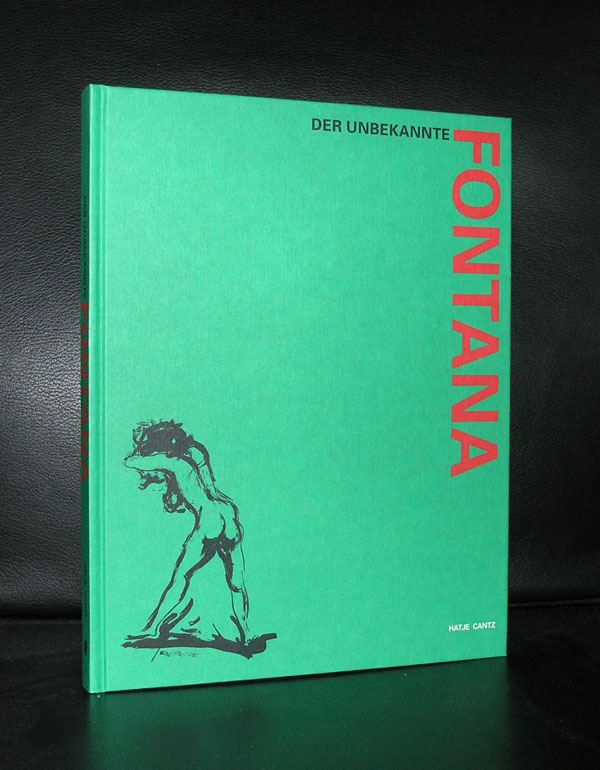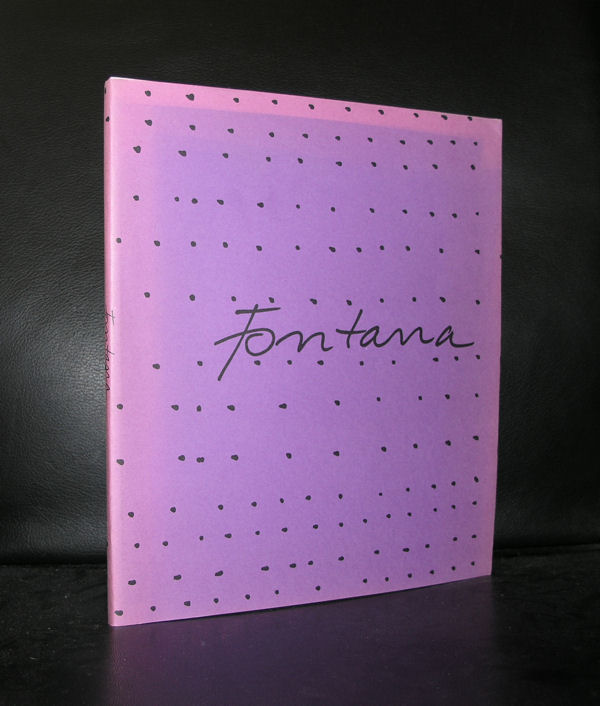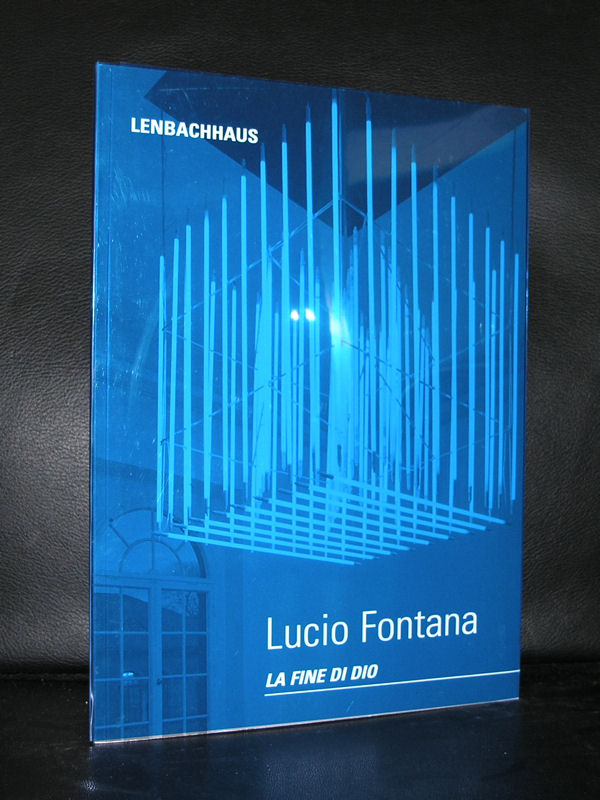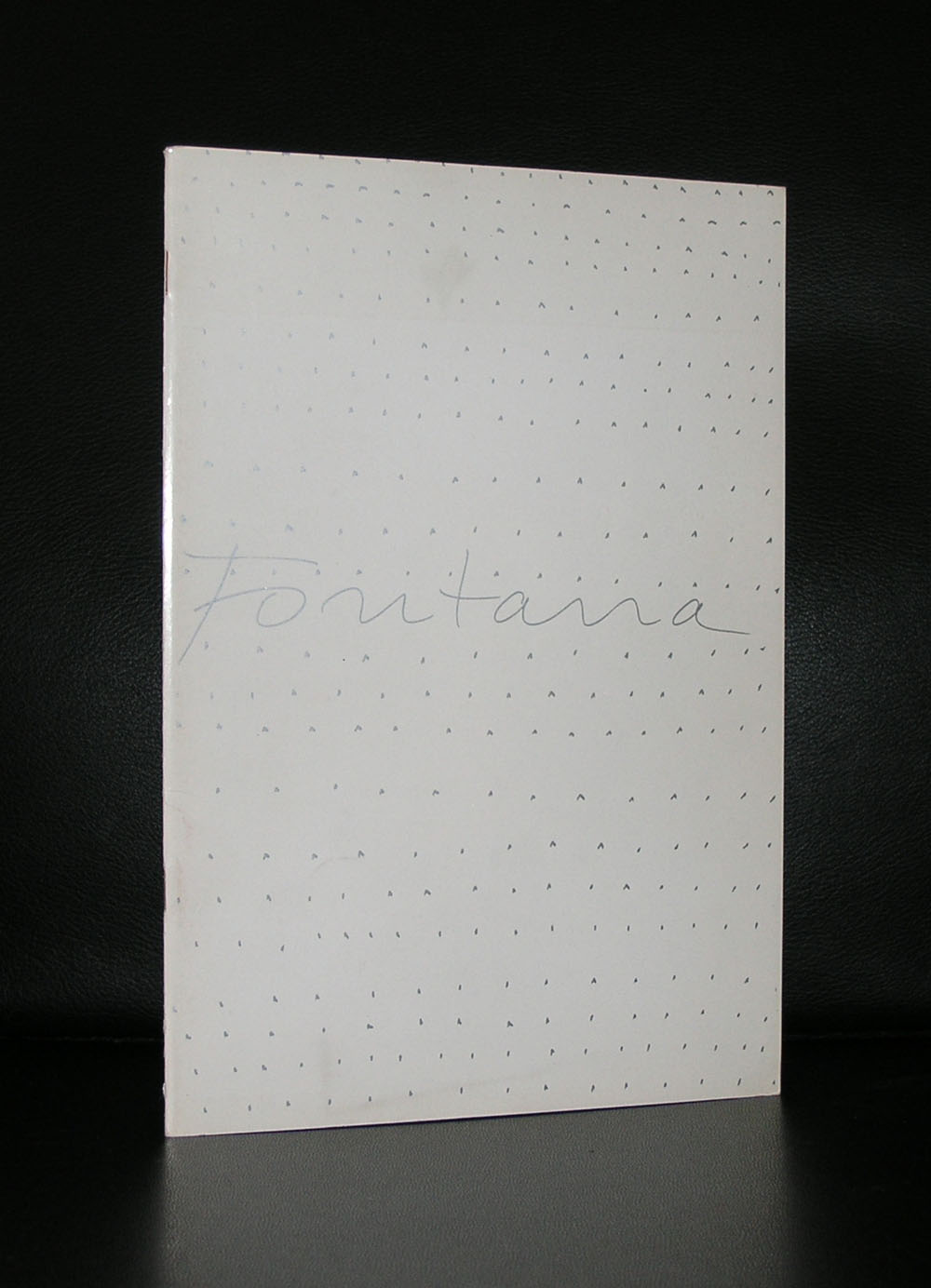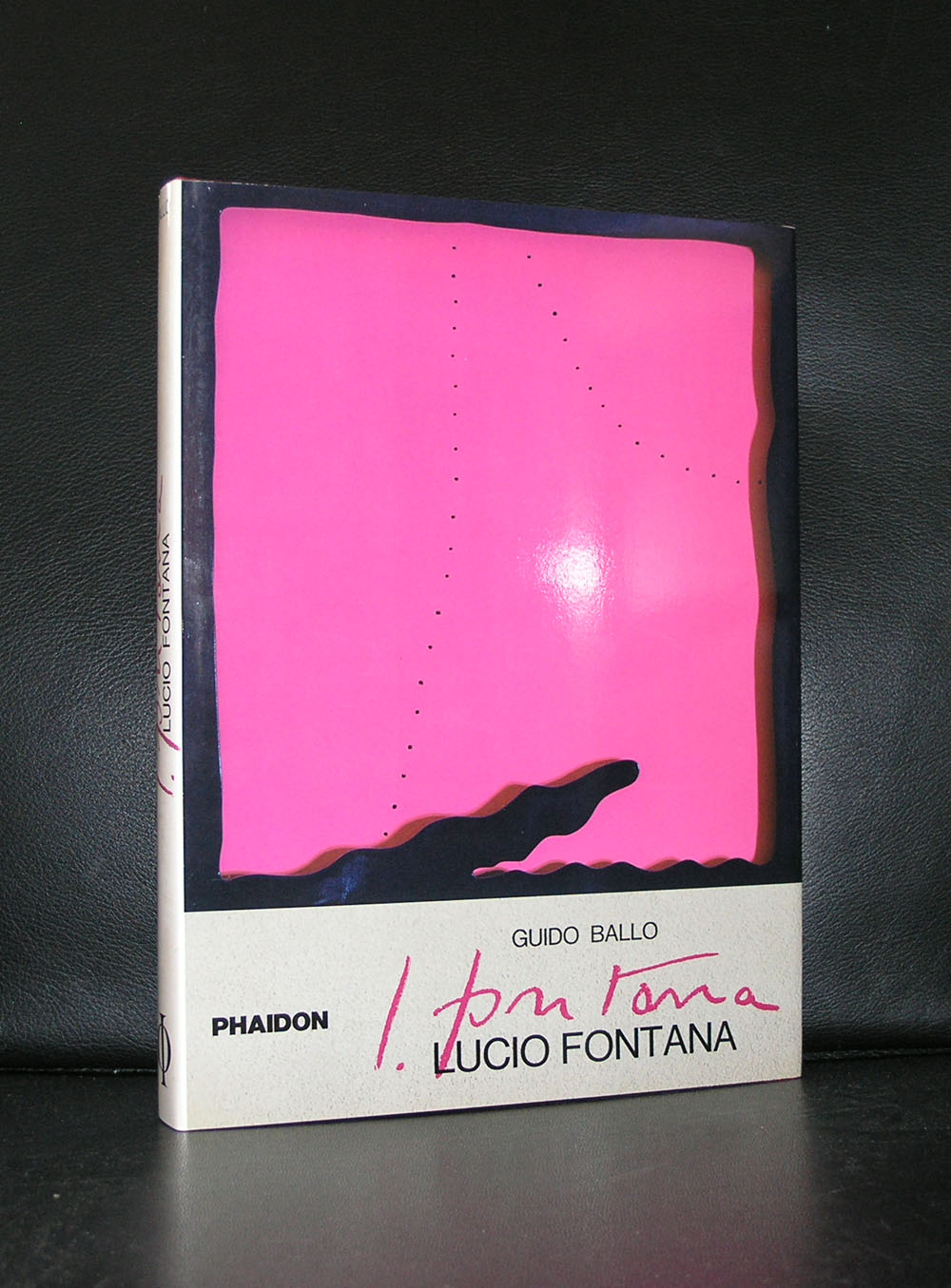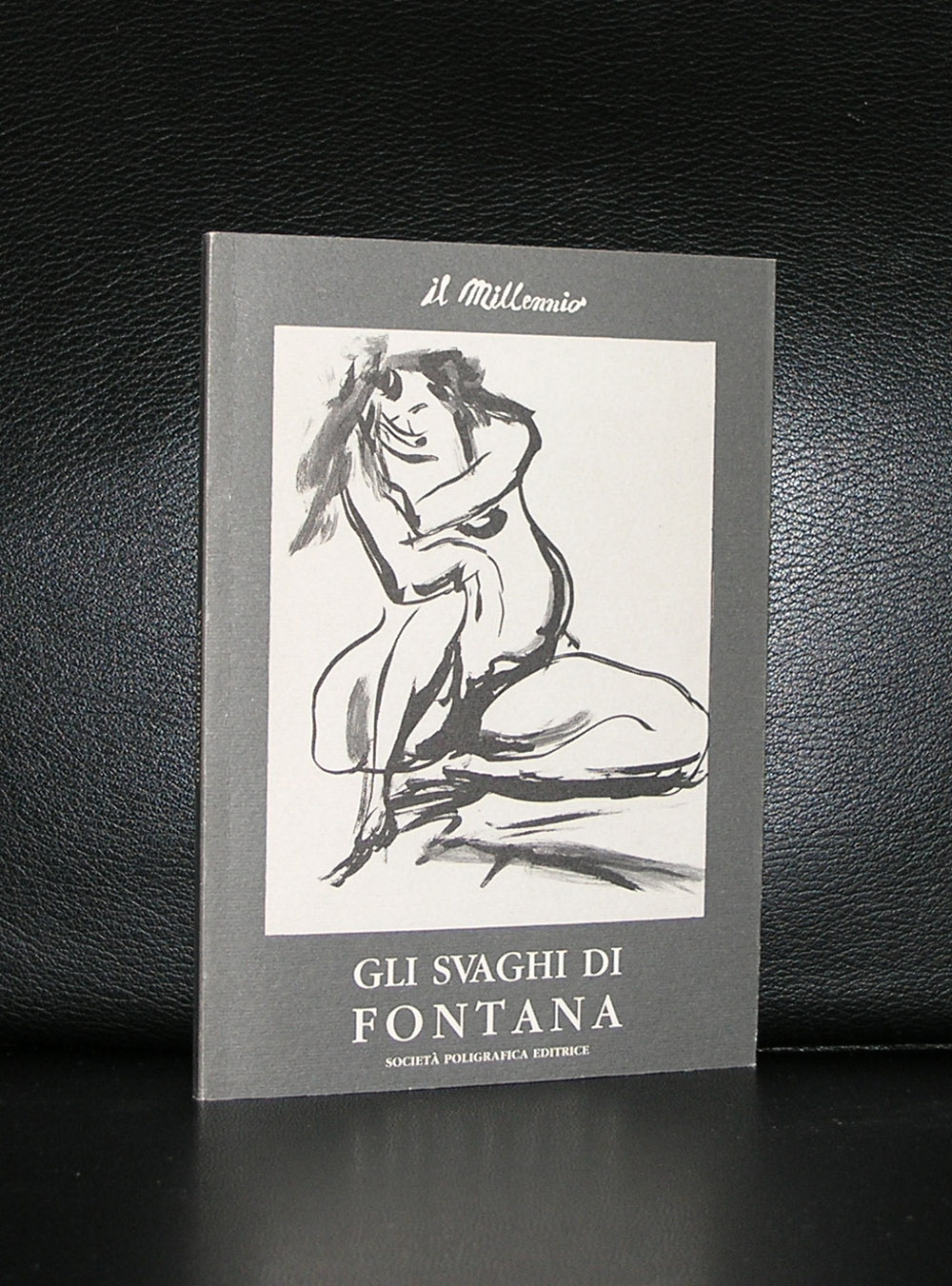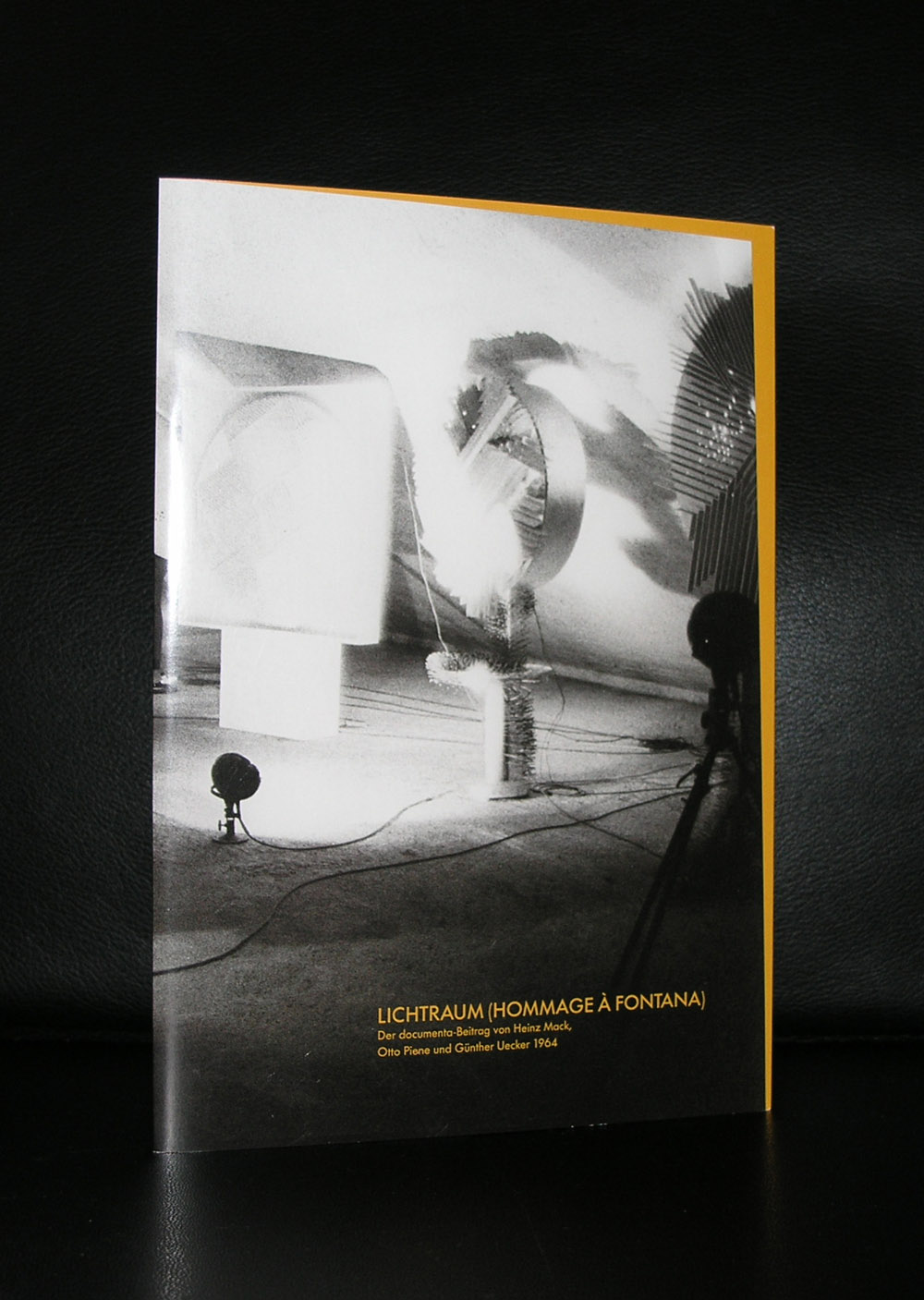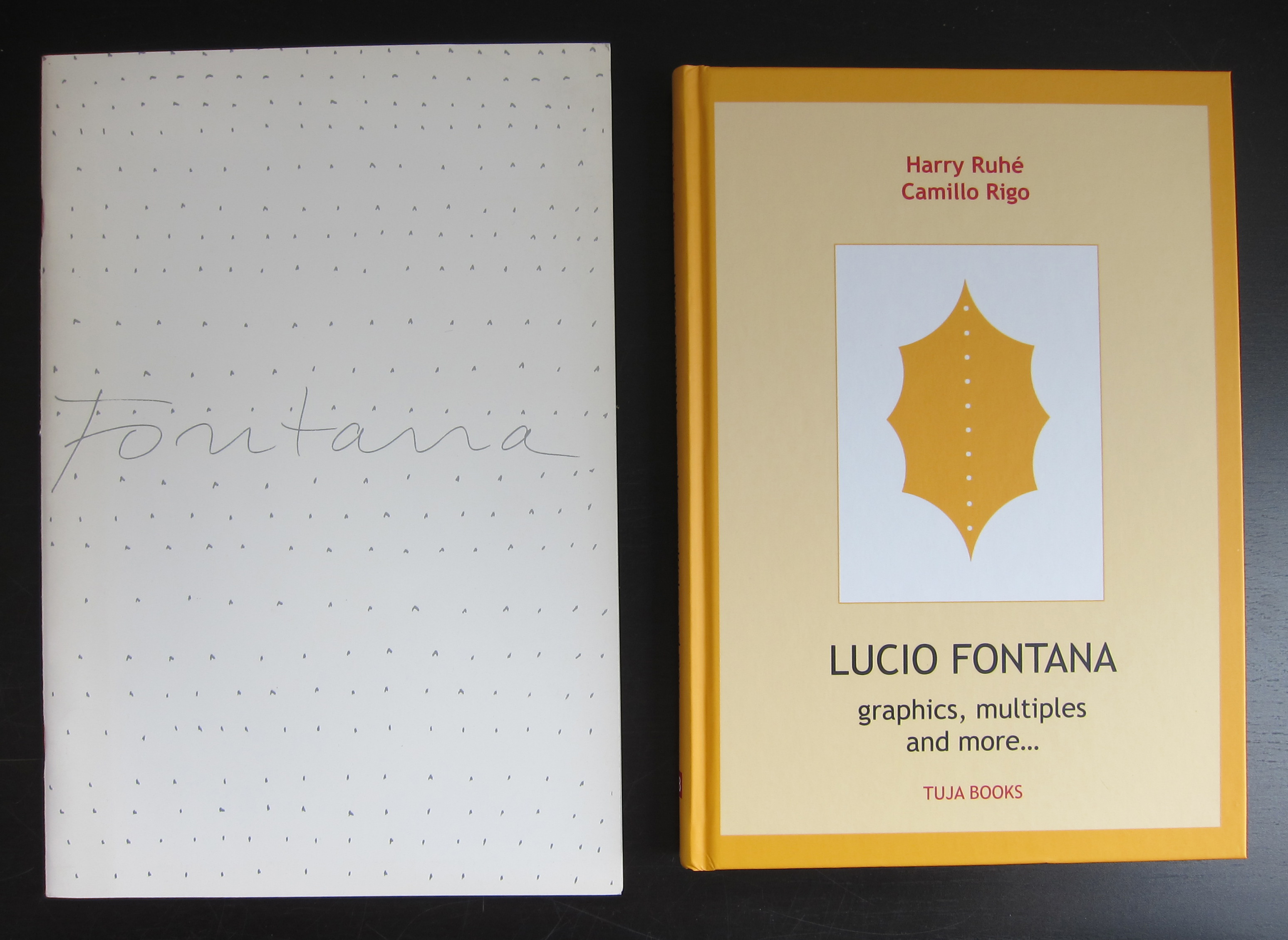
We are relocating!
In the coming weeks we will be occupied with packing and moving our internet store inventory. The entire collection needs to be transferred from Leidschendam to Oegstgeest, and this will take some time.
If all goes according to plan, we will be fully operational again on November 21st, but until then, it may happen that we are unable to immediately assist you with your order. We ask for your understanding, but as soon as possible, your order will be fulfilled with the utmost speed.
Human Writer Action.
In the realm of art, enigmatic complexity and linguistic dynamism reign supreme. This can be seen in the works of Lucio Fontana, a pioneer of environments and abstract art. His famous “Concetto spaziale” works, in which he cut and pierced the canvas, are considered to be part of the conceptual art movement. However, Fontana did not limit himself to painting, as he also dabbled in jewelry design.
Fontana’s influence in the art world was significant, particularly in the 1960s. His return to Milan in 1947 marked the beginning of his “Movimento spaziale,” based on his theories as expressed in his 1946 manifesto, “Manifiesto blanco.”
Fontana’s work as a sculptor showcased his desire to merge form and space, evident in his “Tagli” and “Bucchi” pieces, where he sliced and punctured his usually monochromatic canvases in a precise, cool, and refined manner. The colors he used, much like the works of Yves Klein and Piero Manzoni, were bold, solid, and flawless.
Incorporating new materials and ideas into his art, Fontana also aimed to emphasize the growth of technology. He experimented with techniques such as adorning his canvases with precious gemstones. For Fontana, the act of creating the artwork was just as important as the final result; each stroke and gesture spoke for itself, forming a unique and mesmerizing piece.
Contrastingly, Jackson Pollock’s action painting creates a frozen memory of the action itself – the rhythmic dripping of paint over large canvases on the ground. However, by cutting into the canvas, the painting becomes a spatial image; light is then able to come from both the front and behind simultaneously, transforming the canvas from a flat surface to a dynamic element within the space. The tagli (slashes) of Lucio Fontana are arguably even more transformative than Kasimir Malewitsj’s black square. With Fontana’s work, one can no longer speak of different art disciplines such as painting and sculpture, but rather an integrated work that consists of elements from installation, performance, happening, and environment. He blurs the boundaries between flat and spatial art forms in their entirety.
www.ftn-books.com has some nice Fontana titles available.



















